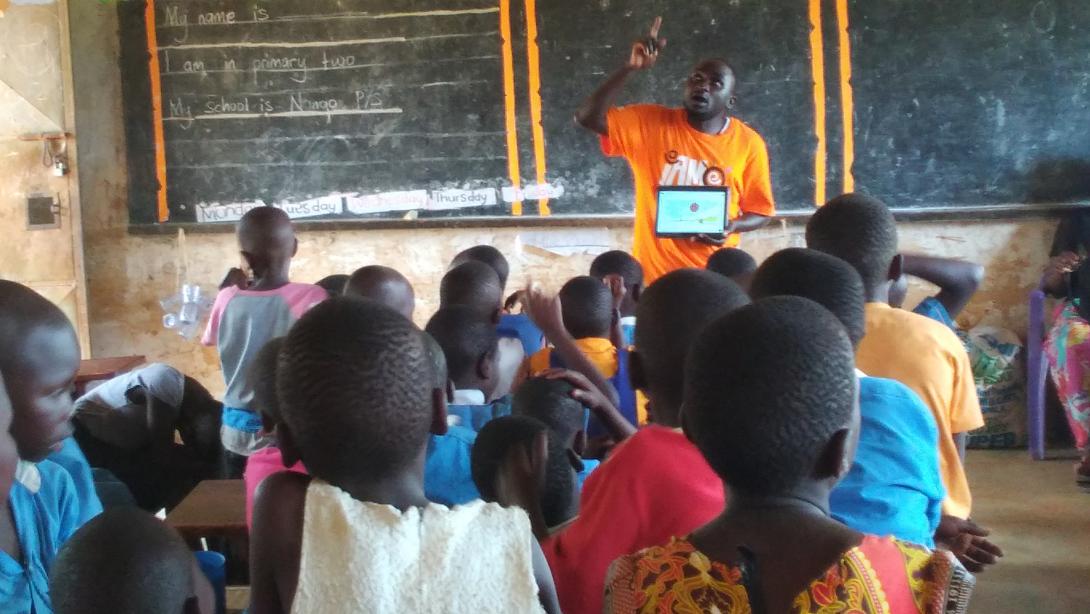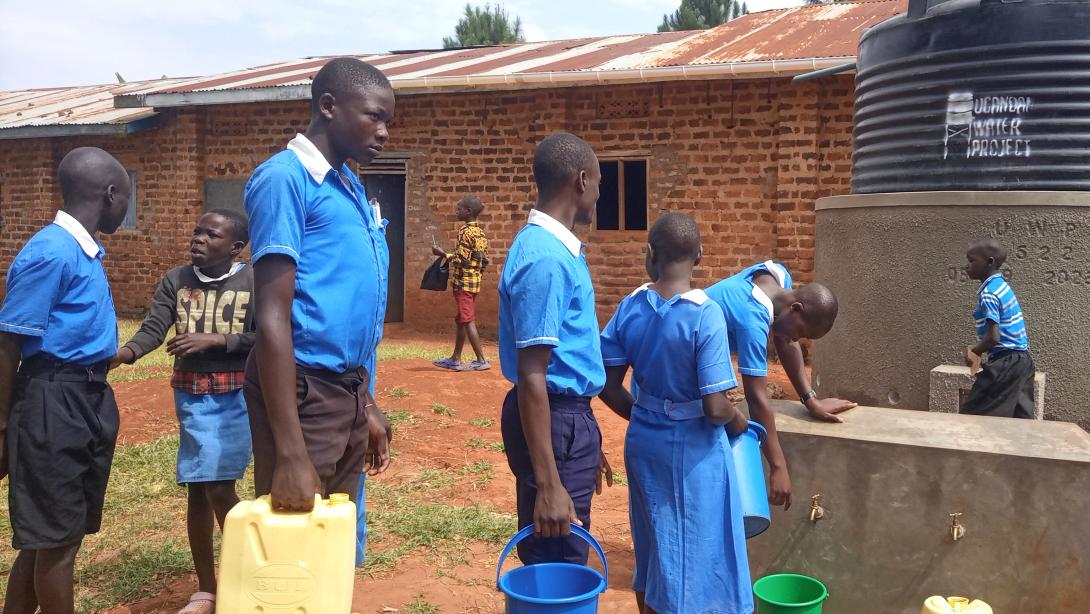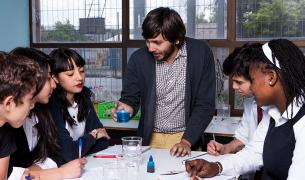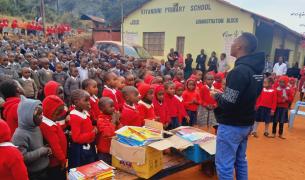Embracing inclusivity in my classroom

Upon my arrival as a Teach For Uganda fellow at Nango Primary School, I noticed that some of the existing teaching methods were not meeting my students’ needs. Determined to make a difference, I focused my energies on introducing inclusive education techniques that not only propelled student progress but also fostered a supportive and inclusive learning environment. Additionally, I incorporated digital tools, partnered with community organizations, and initiated a school feeding program to ensure all students had equal opportunities to thrive.
For other teachers interested in adopting similar methods to foster inclusion, these are the key strategies I found helpful:
Teaching at the Right Level: An approach I found particularly useful was Teaching at the Right Level, which helped me handle learners of different learning abilities by assessing student’s learning levels using a simple tool and then implementing engaging learning activities targeted at the different learning levels. Applying this approach in my classroom resulted in a 10% improvement in numeracy and a 5% improvement in literacy, respectively, per term assessment.
Encouraging active participation: I also introduced and used play-based learning, which includes educational games like number and sound jumps, spelling games, memorizing games, etc., to make learning even more interesting. These interactive teaching methods helped encourage active student participation especially when used alongside group work, peer teaching, and hands-on activities to create an inclusive learning environment where all students felt valued and supported.
Integrating digital tools: To enhance our learning experience, I introduced digital tools such as educational apps, online resources, and interactive multimedia to engage students and promote critical thinking skills. These digital tools not only captivated my students' attention but also allowed me to differentiate instruction according to their individual learning styles and abilities.
Supporting student needs: As part of my efforts to provide a conducive learning environment I recognized the importance of also addressing the challenges my students faced in accessing education. I collaborated with the Ugandan Water Project to install a water reservoir and filters in the school, ensuring that students had access to clean drinking water throughout the day. I also started a school feeding program, starting with home visits to connect with the parents and caregivers of my students. By organizing regular feeding initiatives and ensuring parents and caregivers were aware of them, I was able to help prevent hunger from being a barrier to learning. These initiatives not only improved the overall health and well-being of the students but also brought the community into the classroom as valued partners who were also invested in the success of my students.

In conclusion, the transformative impacts of these initiatives that I’ve seen during my time at Nango Primary School has been incredibly impactful. I am sure they played a key role in helping our primary students score three first grades in the primary leaving exams last year after over five years of getting none. It’s so rewarding to see how my students have thrived, and their progress has exceeded expectations. Education is a powerful tool that can break barriers and empower individuals. It is our responsibility to continue advocating for inclusivity in education, ensuring that every child has equal opportunities to succeed.



